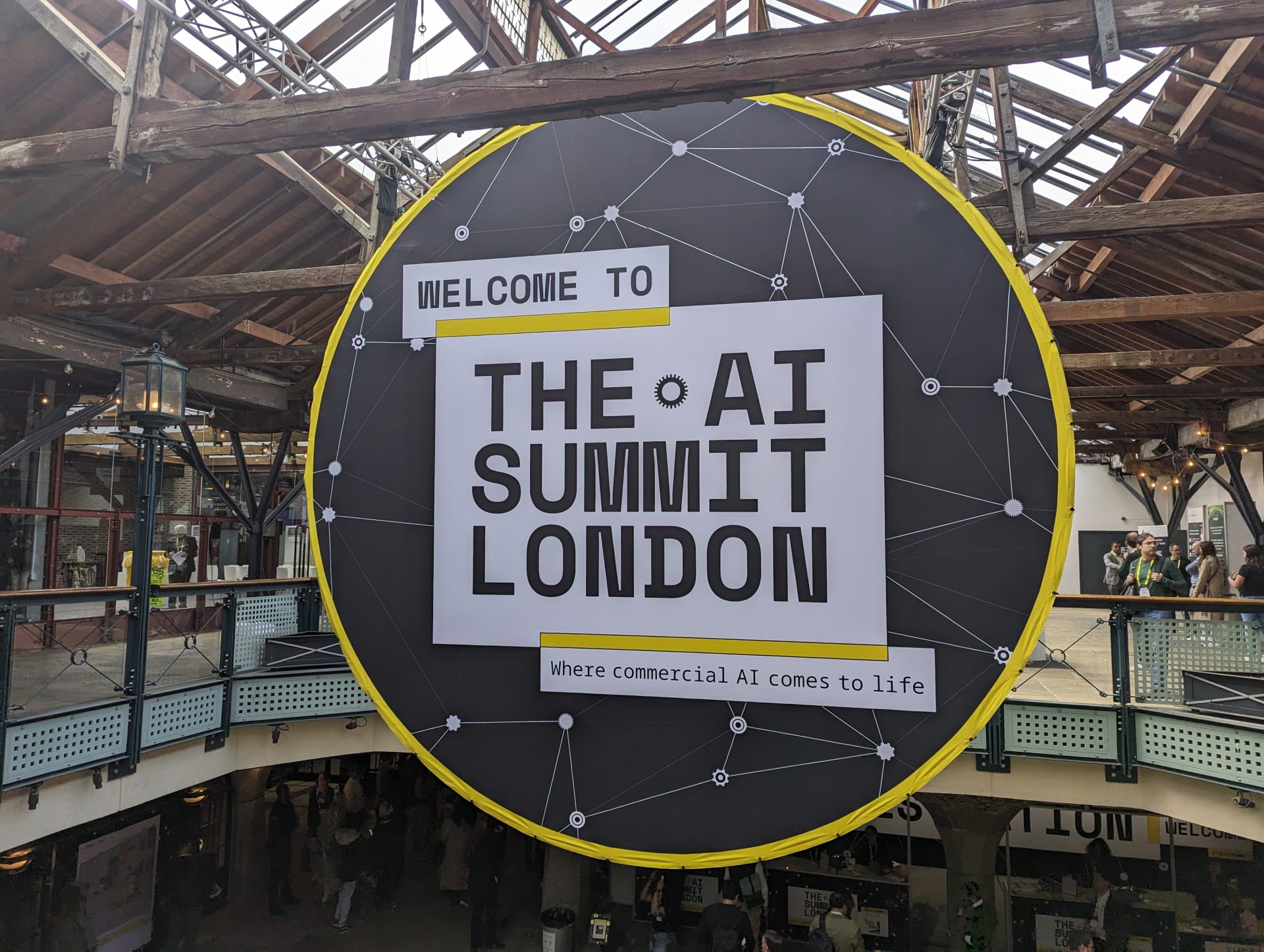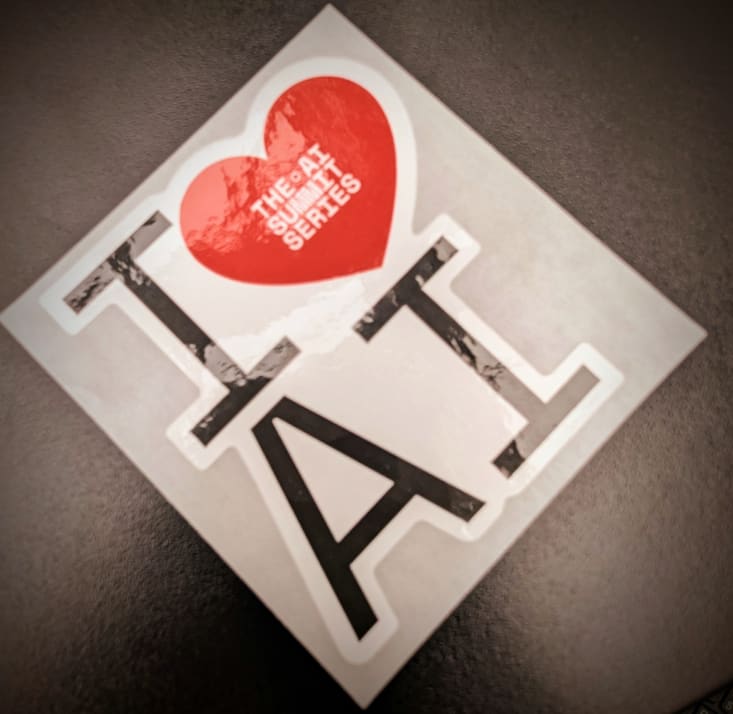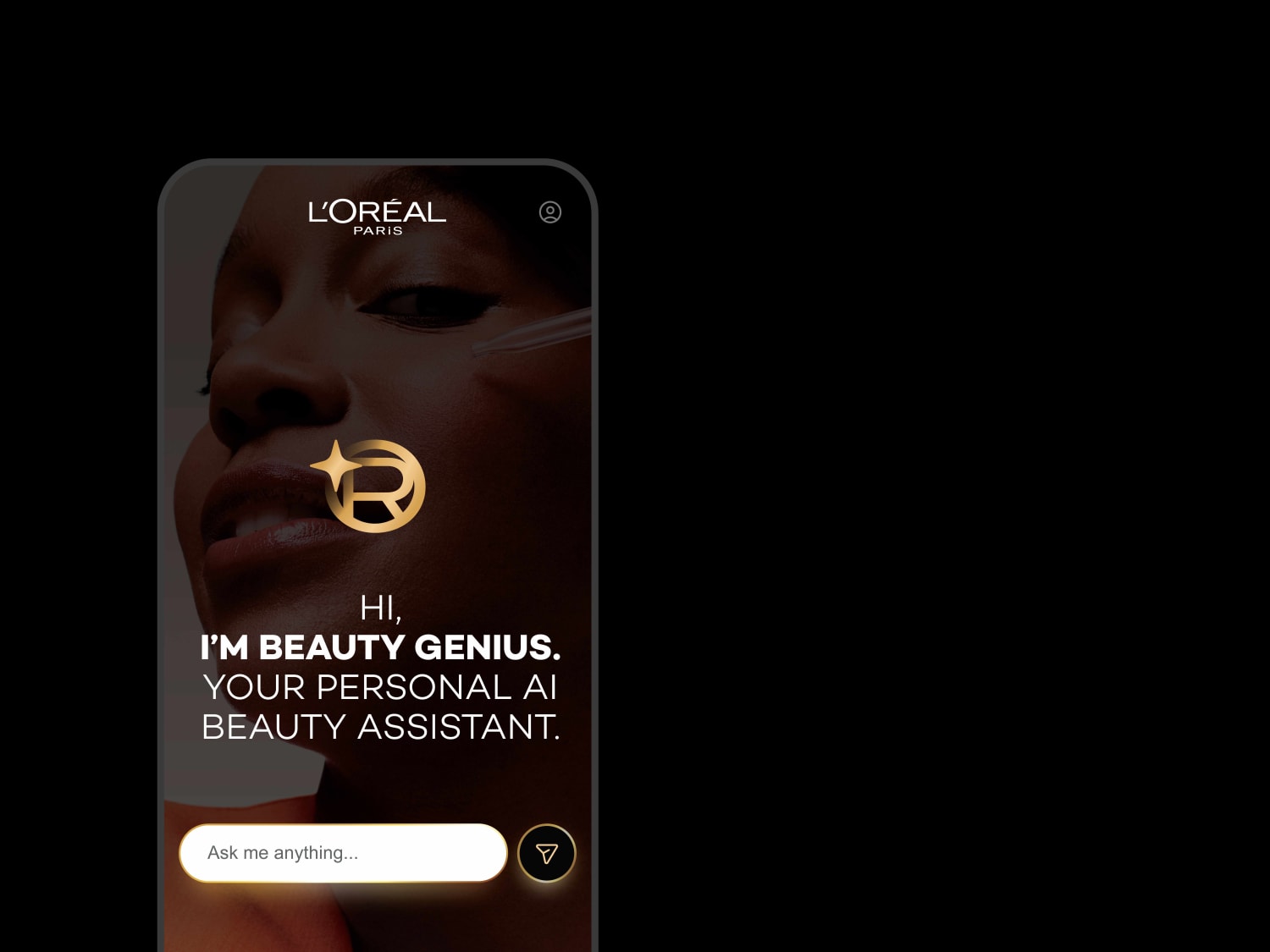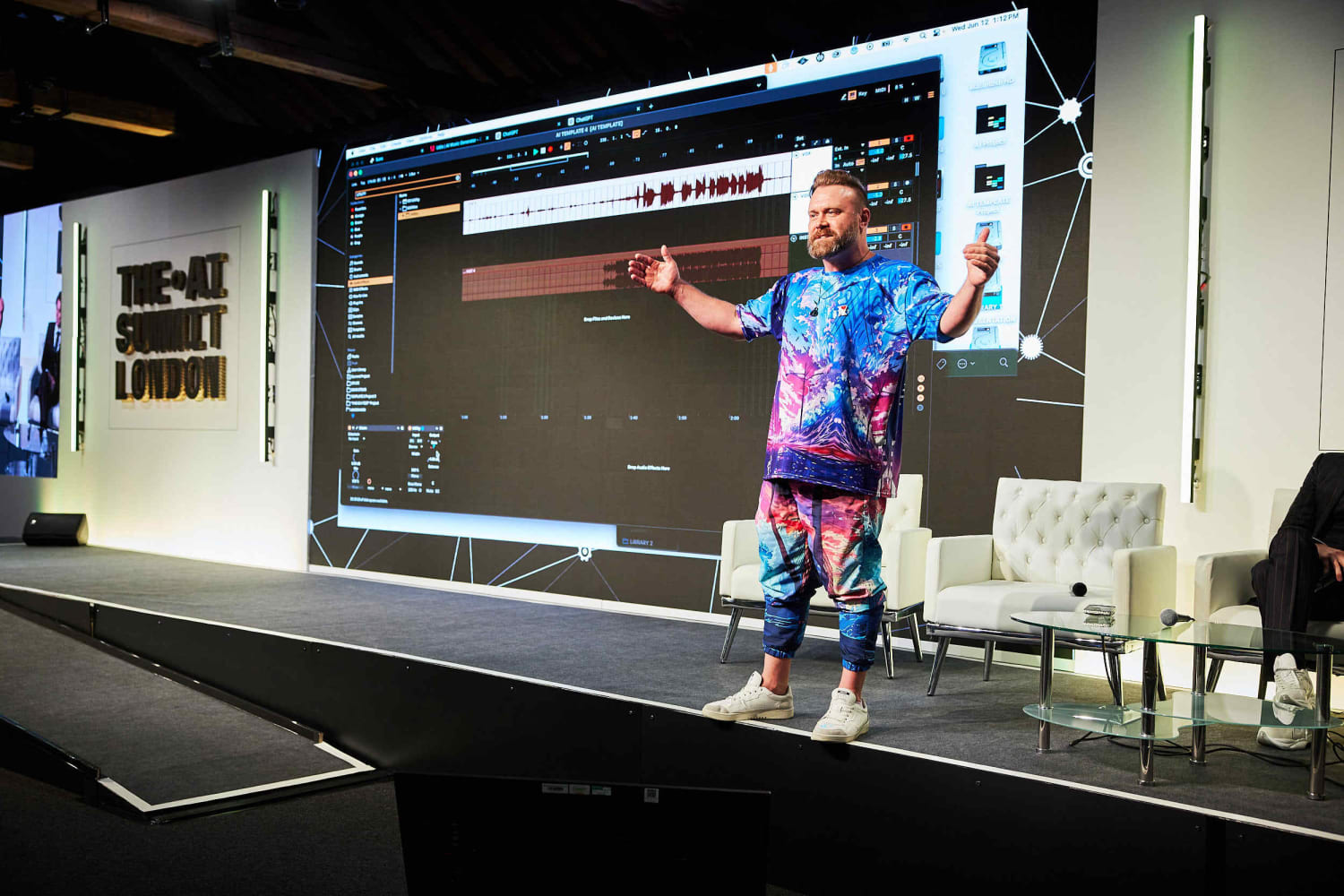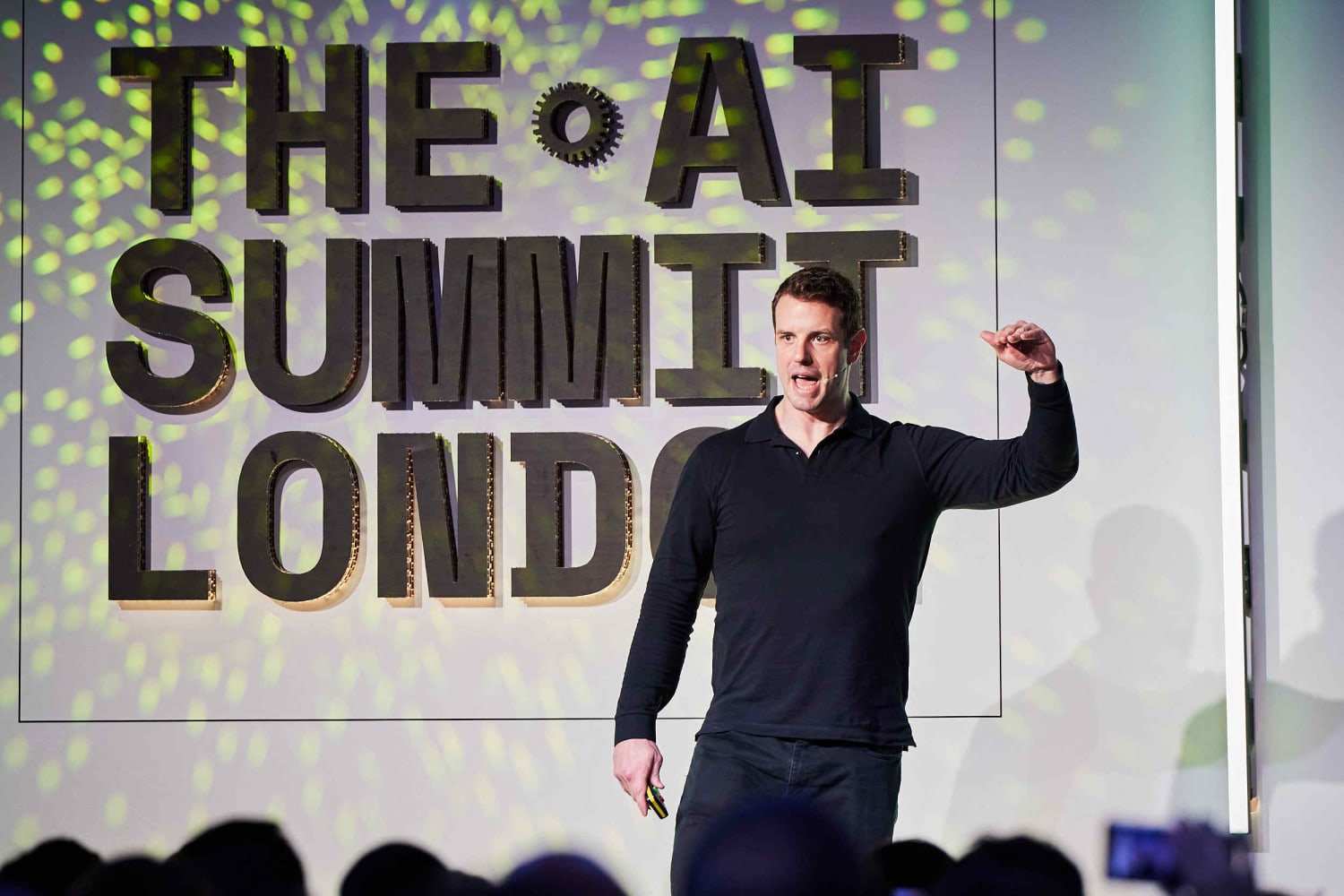Like digital transformation, AI adoption and implementation is challenging and requires much more than the technology itself to be successful. Below are some of the learnings and recommendations VML Intelligence picked up across this year’s Summit.
Build for AI’s future capabilities: Don’t build for what AI can do now, but what it will be able to do in the future, says OpenAI’s Colin Jarvis. Development is changing so fast that by the time you have built something, the field will have moved on.
AI alone will not differentiate: AI is rapidly becoming table stakes and the technology itself will not differentiate. The user experience, proprietary data and services you bring to it will deliver difference, said Jarvis.
Balance human control and automation in user experiences: Speakers pointed to the need for AI to hand off to human expertise in certain cases, where processes or decision-making are more complex or where more empathy is required. Tim Bond, associate director, Media at IPSOS quipped that AI is an “exoskeleton that needs a human at the heart, otherwise it is just a bag of bones.”
Don’t chase novelty, have clear objectives: Sid Chaudhary and Sawat Choudhury of Mars Wrigley’s digital commerce practice suggested that marketers can often be guilty of “chasing the shiny toy” rather than prioritising outcomes. Fractional CTO Adil Asif said that many AI adoption projects fail due to a lack of clear objectives or flawed decision-making. It’s important to remember that AI is not software, not iterative or sequential he said, “it’s closer to discovery than development and that’s how we as business leaders should conceptualise it.”
Consider unexpected impacts: Daniel Hulme, chief AI officer at WPP, cautioned that AI won’t solve all your problems. “Just because you can doesn’t mean you should,” agreed Adam & Eve’s Sara Chapman. Both suggested it’s important to consider the knock-on effects of AI – either on the supply chain, or on teams. As Chapman points out, “simple tasks are what we normally give to juniors,” while also offering respite from high-octane work. Do we want to automate everything that is boring?
Make it ethical, transparent and accountable: As businesses set up task forces, draft key principles and assemble boards to oversee AI adoption, responsible AI is going mainstream, but there is more to do. A key focus should be on transparency said Daniel Hulme who noted that “AI is not currently explainable,” and that it needs to be easier to discern intent. Emma di Orio, global data privacy head at Diageo, argued for data privacy to be viewed as a business enabler, as a route to trust and a competitive advantage. Final word to Alyssa Lefaivre Škopac from the Responsible AI Institute, who agreed that “trustworthy Ai is going to win in the market.”
